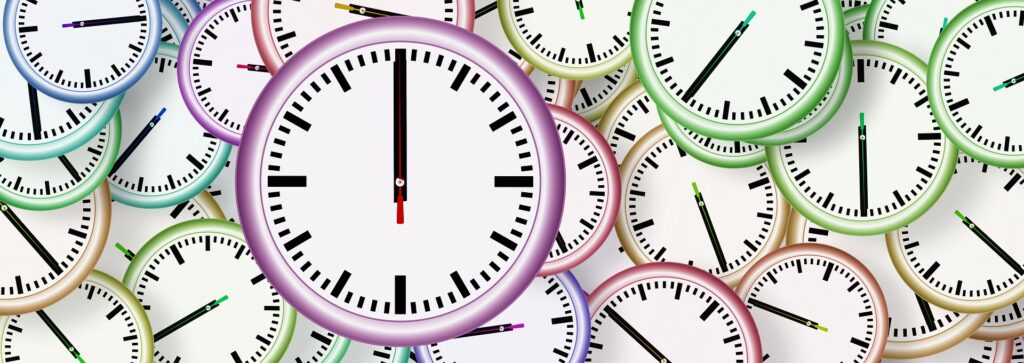Author: Joe Lynch of Joe Lynch Consulting – on behalf of The Sussex Collaborative.
A lot of the clients I’m working with at the moment are quite rightly focusing on their marketing investments as they emerge from varying degrees of lock down and business interruption.
Making sure that every pound spent is working as hard as possible, is as ever, the very highest responsibility of any marketing function.
Whilst we all look at the vast myriad of channels available, we must never forget the importance of timing. In today’s unprecedented circumstances I believe that there are some significant opportunities available if we get the timing right.
I think that there are three phases through recovery, that if correctly identified, inform the correct marketing decisions.
Stage 1 – Pre -confidence.
Consumers are not thinking about your products and services. They’ve either got other things on their mind and other demands on their resources, or don’t yet feel confident to purchase your products due to ongoing concerns about safety, hygiene and delivery standards.
My recommendation – Invest
This is the time to keep your powder dry and invest in those activities that will pay dividends over the months to come. Use your committed overhead costs to sharpen up your SEO hygiene factors, refresh your content strategy and build your automated campaigns. Get everything ready for when the starting gun fires!
Stage 2 – Early recovery
This is when the market starts to return and people are looking to spend with you once again. I think that this is the most exciting phase. If you spot this before your competitors you can enjoy the lion’s share of the market and benefit from great savings in media costs. One of my partner organisations enjoyed a paid search efficiency gain of over 20% – purely as there was so little competition in the search market place.
My recommendation – Be brave.
There is huge pent up demand with consumers yearning for a taste of normality. Fully accepting that some consumers will have changed their habits permanently, many will still be keen to spend. This is also the time to consider your teams capacity and ensure that you are able to cope with the demand generated. Budgets are still going to be tight – but if you look daily at the ROI and think more of spend as a function of revenue, rather than a fixed budget – great gains can be made.
Stage 3 – Mainstream recovery
Now everyone has woken up and the market is getting crowded again. However there is still the underlying uncertainty about changes to operational rules and regulations. It’s harder than ever before to plan for the future and budgets, inevitably, remain constrained. This is also a period when supply chains become hard to manage. Many organisations have lost corporate experience – with redundancies and furlough, leaving fewer people to face greater challenges. Logistics that were once easy and predictable become volatile and difficult.
My recommendation – Focus on Efficiency and Reactivation
Focus your marketing and sales efforts on those products and services that you know can be delivered reliably and cost effectively. With everyone running on skeleton teams, we need to be working on the most efficient basis possible. All too often, I find teams that focus on revenue and gross margin – but the operational cost of delivery is frequently “someone else’s problem.” Focus all of your efforts on the high demand, easy to fulfil products and be prepared to cast off the difficult and fiddly.
Reactivation means getting back in touch with all of those customers that would have / could have purchased from you during the pandemic and in particular those whose experience was disrupted. This is when to lean on your CRM capabilities and couple this with the right messages of reassurance and safety.
Stage 4 – The future
Who knows what this is going to bring. I certainly don’t. We do know though that it’s going to be exciting to rebuild and relearn and that, as ever, the best marketing teams will prove their worth.
How to identify the different stages
Keeping your eyes and ears open is the obvious answer. Everyone will be looking at their key metrics – the basics being traffic levels, bookings, calls and revenue. But look for the subtler signs of conversion rates on and off line and listening to your customers queries. To gauge the external market activity levels look at Google Trends and the relevant cost of search marketing activity – to sniff out when it’s time to spend!
In reality we all know that the stages aren’t discreet nor cleanly defined and there is every possible of moving backwards, should covid conditions change. The only thing we can know for sure, is that we are going to have to stay on our toes.
Let’s chat
If you would like me to talk through these phases in more detail and to work with you to identify the most relevant strategies for you – please don’t hesitate to get in touch. I continue to offer a free initial consultation. It’s amazing how reassuring it is to talk to someone about the challenges you are facing.

